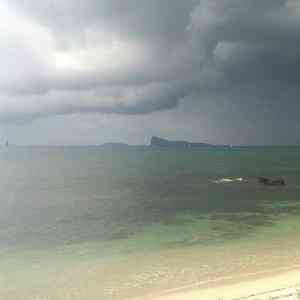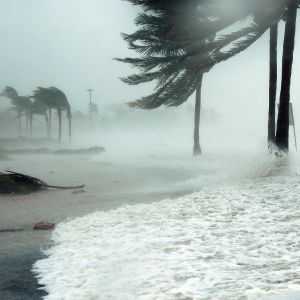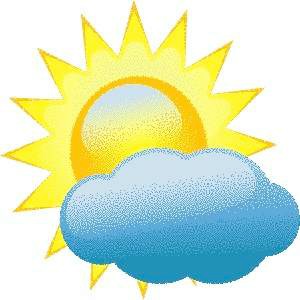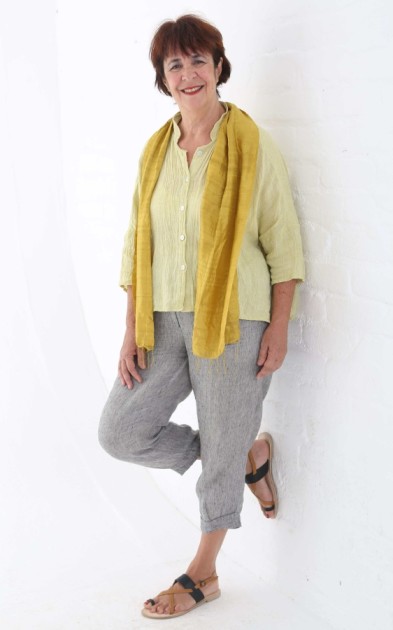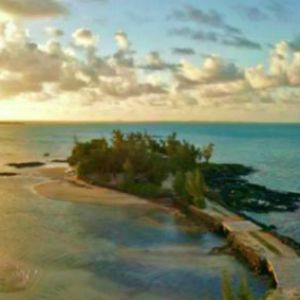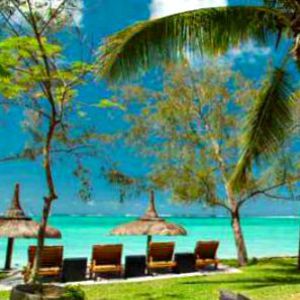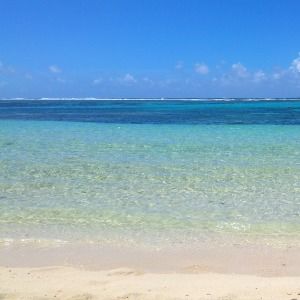Mauritius climate
A tropical patchwork
Mauritius climate. Mauritius weather ... What’s the difference? Some of us are a little confused. Here is an easy explanation:
Climate is what you expect - weather is what you get
You would expect a straightforward tropical climate from a small Indian Ocean island a couple of hour’s flight from East Africa. I wish it was that easy!
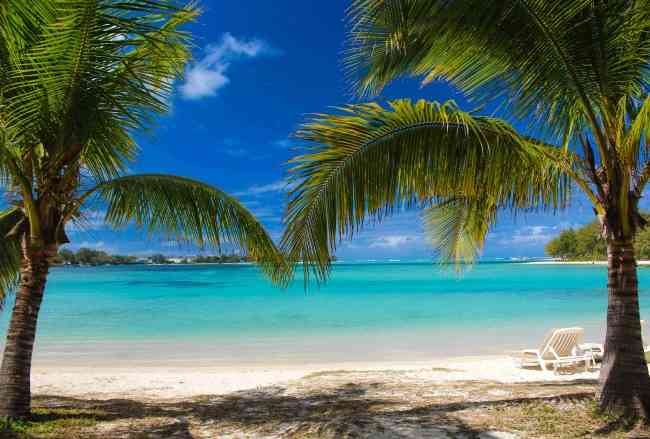
Our climate varies from North to West to South to East and from creek to beach to creek. In fact …
Mauritius climate is fascinating ...
- a tropical climate in summer
- a subtropical climate in winter
- a maritime climate throughout the year
- add 27 micro climates
- summer and winter
- a cyclone season
- a rainy season
- southeast trade winds from March to November
So when is the best time to visit our island?
For me October is the best month. Of course it depends on the coast you choose and what temperature you enjoy the most.
We can offer you hot summers when the sea temperature is absolutely glorious at about 27 degrees Celsius. If you prefer cool temperatures try our winter months when the average water temperature is 22 degrees Celsius.
For the air temperature you’ll have to consider our rain, trade winds, cyclones, anticyclones, humidity and micro climates.
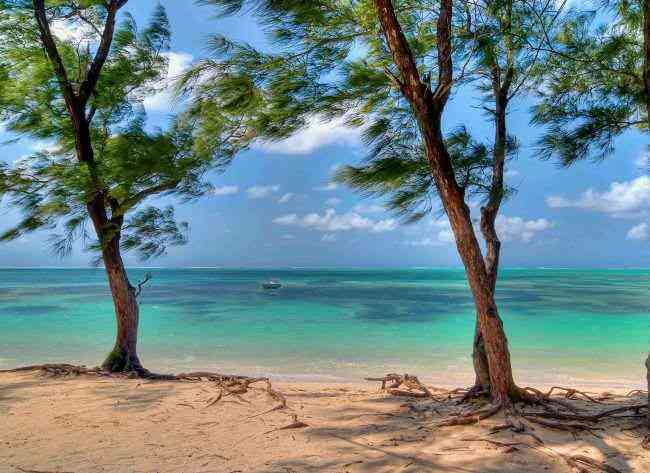
You’ll find unbiased tips in my Mauritius weather page. How to avoid windy beaches, what to expect from our tropical rainfall, cyclones, month by month data, charts…
Please read my advice to make an informed decision for your holiday. Then book your flights and accommodation.
Mauritius and climate change - lost paradise?
As a visitor to our beautiful Island you’ll most probably see the effects of climate change on our coral. We could compare coral to rain forests under the sea. When coral dies, everything that depends on it for survival dies.
We could lose part of our coastline and our beaches because our coral reefs will no longer be there to protect them.

We are all guilty
Coal, oil and natural gases we use for transportation, agriculture and so on are the main sources of human carbon dioxide emissions. They go up into the atmosphere where they form a screen around the earth from which heat cannot escape.
The water temperature increases, the oxygen content decreases and the ocean becomes more acidic.
The magnificent colours you see on coral is not from the coral itself but from algae which grows on it and feeds it. When the water gets warmer coral expels this algae. The coral becomes bleached, weakens and slowly dies.
All the living organisms of the sea that feed on coral are affected.
Dead Coral
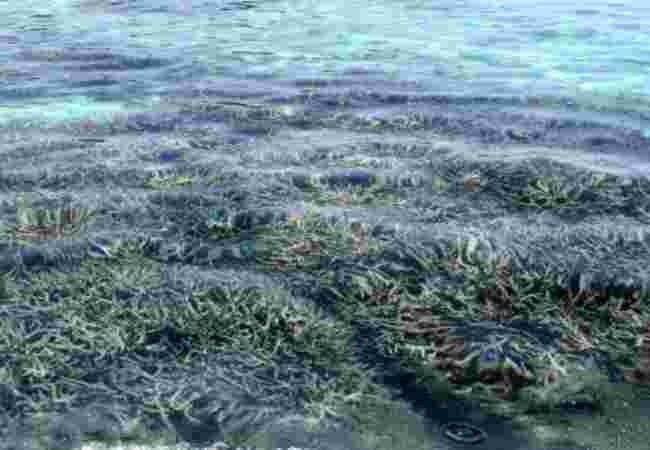
More acidity in the ocean causes the growth of coral to slow down.
Melting sea ice causes sea level to rise and some coral reefs may not receive enough light from the sun to survive.
It's so easy to help
Please take these few easy steps to save our planet. Its’ the only one we have!
Transportation
Each time we travel by car, bus, train, motorized boat or airplane we contribute to greenhouse gas emissions. If we can, we should walk or cycle (you’ll become healthier in the process). Buy a small car which is fuel efficient or share a car and lifts.
Electricity
Switch off lights if you don’t need them. Unplug all your electrical appliances including computers and TV when not in use, hang your clothes to dry if practical.
Food
Eat less meat. About 18 per cent of greenhouse gas emissions comes from cattle. Avoid processed food. Buy organic food or grow your own vegetables or buy food grown locally.
Garbage
Use your kitchen scraps for garden compost. Recycle plastic, paper, metal and glass. Otherwise these will be buried in landfills where they’ll produce methane gas which will go up in the atmosphere.
Related Pages
Home < Mauritius weather < Mauritius Climate
I'd love to hear from you - add your questions or comments below!

